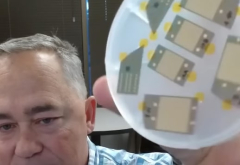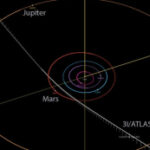Sonny White updates his work on using nanoscale fabrication to harness the Casimir effect. He has a company, Casimir space, working to commercialize it.
The Casimir force in quantum mechanics has empty space (the quantum vacuum) is filled with fluctuating fields, virtual particles, and energy wavelengths. When two metal plates are placed very close (e.g., 100 nanometers apart) in a vacuum, wavelengths larger than the gap are excluded between them, creating a negative pressure that pushes the plates together. This was theorized by Hendrik Casimir in 1948 and experimentally confirmed in 1996-1997.
White is making static nanostructures on silicon chips using standard semiconductor techniques. The cavity walls are fixed to the substrate and electrically connected, with antenna-like pillars in the gap’s center (which are also fixed). The quantum field interacts asymmetrically: it stimulates electrons in the walls to quantum tunnel to the pillars, but the pillars’ protected environment (like a calm lagoon amid ocean waves) reduces the return tunneling probability. This creates a preferential electron flow, generating continuous power when connected to a load (this is like a resistor or LED).
Prototype Chips are generating power and they are targeting 5mm x 5mm produce 1.5 volts and 25 microamps (picowatt to nanowatt range). This is demonstrated via capacitive discharges and steady-state currents in shielded enclosures. White draws parallels to solar panels (real photons vs. virtual photons from the vacuum).
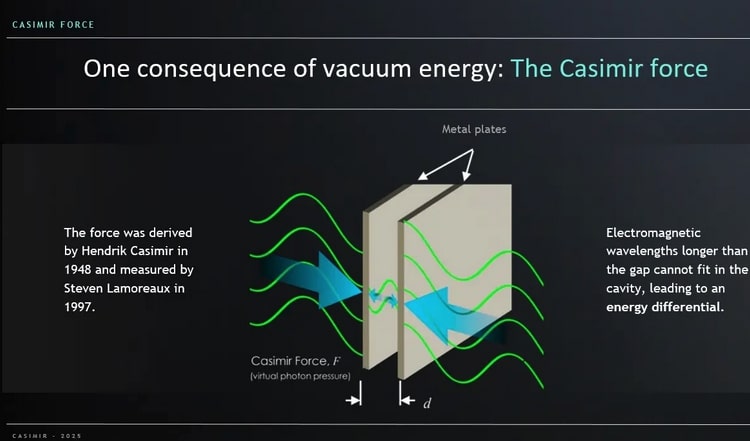
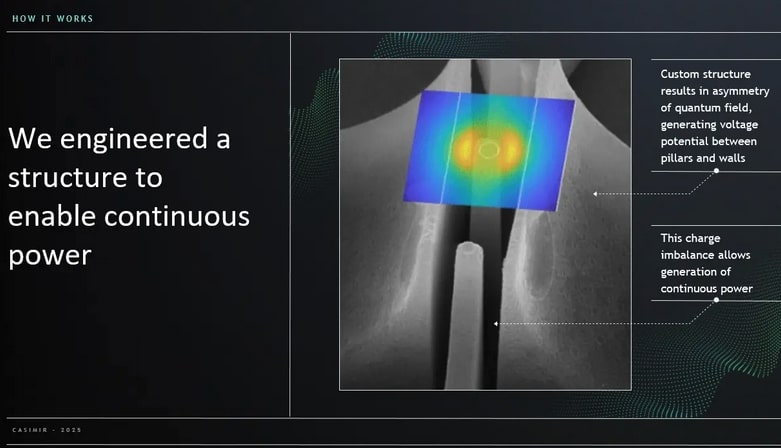
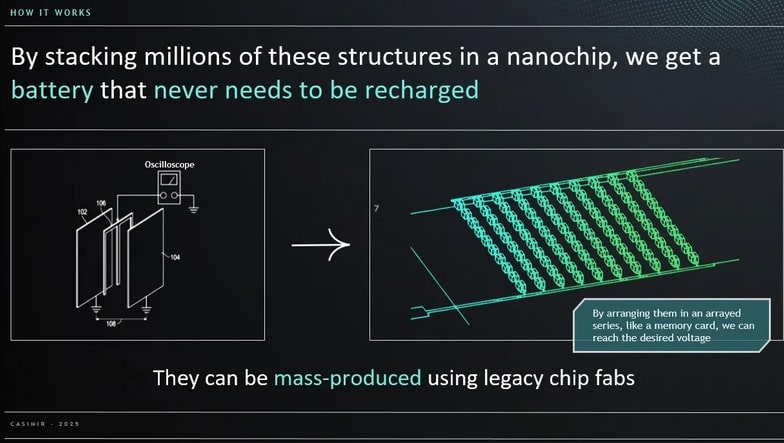

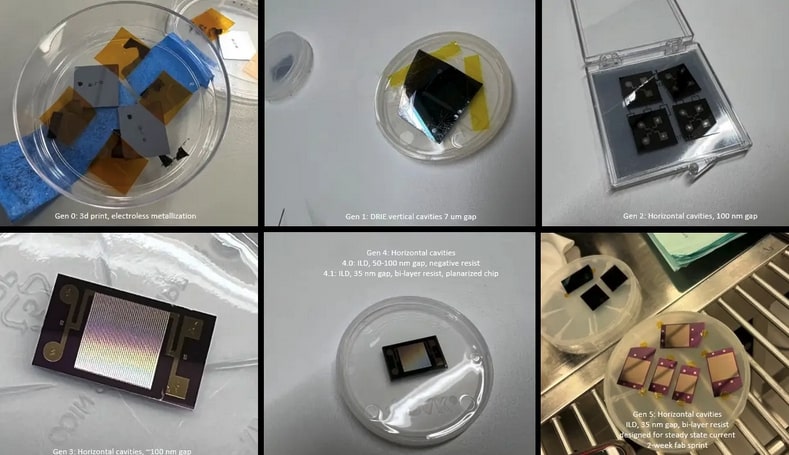
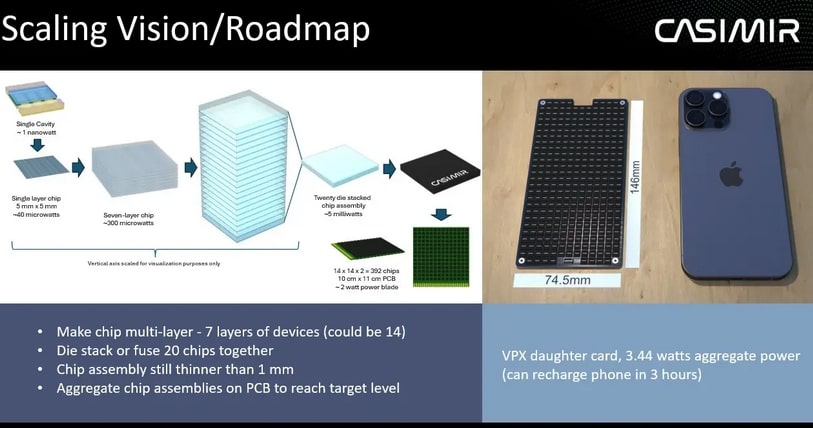
They plan to make multilayer chips (which is already done for high bandwidth memory with 16 layers and soon 24 layers) and die stacking. This should increase power 100-150x while keeping thickness under 1 millimeter. Using several chips should yield 0.5-5 watts or more. They should mass produce and get economics improving from $500 immortal phone upgrades and then eventually to $50-100 per watt for broader applications. They leave the battery in the phone but have their chips constantly trickle charging.
Smartphones can efficiently use about 18 watt hours of battery for 33 hours of operation. A phone that would never need charging would need 1 watt of constant power and some could be made that would last on 0.5 watts of power.
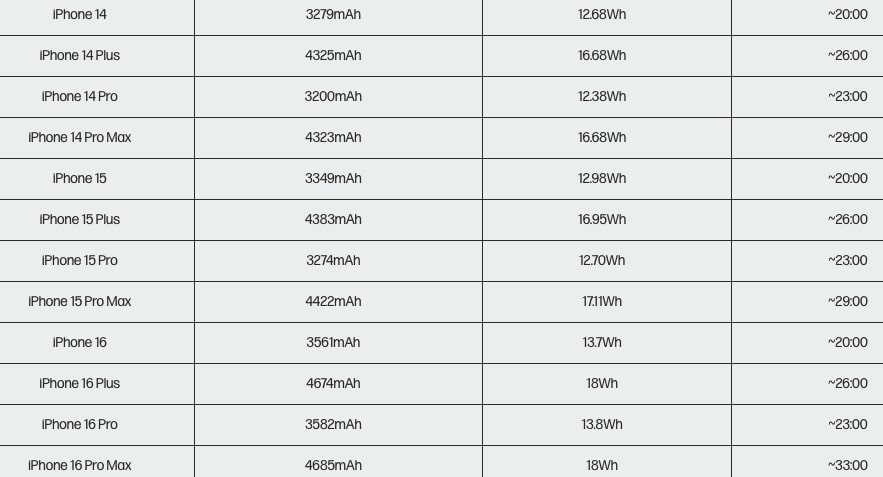
White thinks low-power electronics like tire pressure monitors, glucose sensors, key fobs, Apple AirTags, IoT devices, photonic displays, and NFC cards could use his scaled casimir devices.
If the economics and scaling could be worked out this could enable trickle-charging EVs (1kW bricks for 24kWh/day), off-grid homes, or remote cabins. White emphasizes economics (dollars per watt) and the exploding low-power market.
The discussion shifts to warp drives. White references Miguel Alcubierre’s 1994 metric, which requires “exotic matter” (negative energy density) to warp spacetime for faster-than-light travel without violating relativity locally. The Casimir effect provides such negative energy mathematically. White’s te

